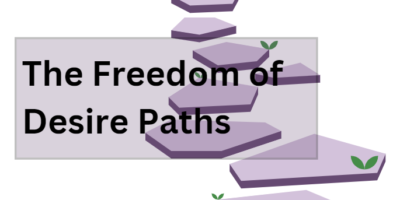Canadian English (CE) is one of the official languages of Canada, and yet it is so often butchered. In case you did not know, CE is a variety of English and is spoken fluently by 28 million people worldwide. Due to Canada’s history, CE is a mixture of American and British English, but there are also distinct “Canadianisms” associated with the language. People in Canada should know how their language works, so here is a rundown of the history, as well as facts and rules, about our language.
Canadian spelling conventions are usually derived from Canada’s history associated with the specific words. Things associated with cars are generally spelled in the American style because the Canadian car industry is dominated by them. For example, in Canada, it is spelt tire and curb, not tyre and kerb like in Britain. Other car words like truck instead of lorry, gas instead of petrol, and hood instead of bonnet, are examples of how we follow American English in the automotive industry.
On the other hand, since our political institutions and banking systems were modelled after the British, we spell cheque as opposed to check, and all government papers are written in a British style.
Some general rules for proper CE spelling are as follows. Words like colour, favour and honour should be spelled with -our as opposed to -or. Words like realize, revolutionize, and marginalize should be spelt with -ize instead of -ise. Words should end in -re rather than -er like centre, metre, and litre. Canadian spelling also uses the British style of double consonants when adding a suffix, such as travelled instead of traveled.
On the phonetic side of the language, I won’t even try to explain how Canadians generally pronounce things, but I will mention two practices. One is that we have very little dialect diversity compared to the States, but there are still obvious differences between different regions like the Maritimes and the Prairies. The second is the phonetic phenomenon of “Canadian Raising.” Most Canadians and some Americans have this attribute which is really hard to explain without actually hearing it. Basically it means Canadians “raise” certain diphthongs, making words like “out” sound like “oat” to the untrained ear. This term is used worldwide, which promotes Canada’s individual culture and language.
“Canadianisms” are words that are generally only used by Canadians. They can either be words invented in Canada or words that are only still used in Canada. There are some Canadianisms that are used across the country as well as some that are more localized. Other than the obvious “eh,” some general Canadianisms are: freezies, pencil crayons, smarties, homo milk, hydro, eavestroughs, chesterfield, washroom, and fire hall. Some terms are specific to regions. For example, in the Prairies, a bunny hug is a sweater or Vi-Co is used sometimes as a term for chocolate milk.
A language is a key part of a people’s culture. CE is a major part of what makes Canada a unique and independent nation. The Canadian language is being threatened because the majority of computer programs and television shows that consume our time are made in America and, therefore, use American English. So please, next time you are writing a paper, or report, or newspaper article, write it in Canadian English; it is a part of our culture and heritage, and besides, it is one more way we are different from those Americans.




Leave a Reply